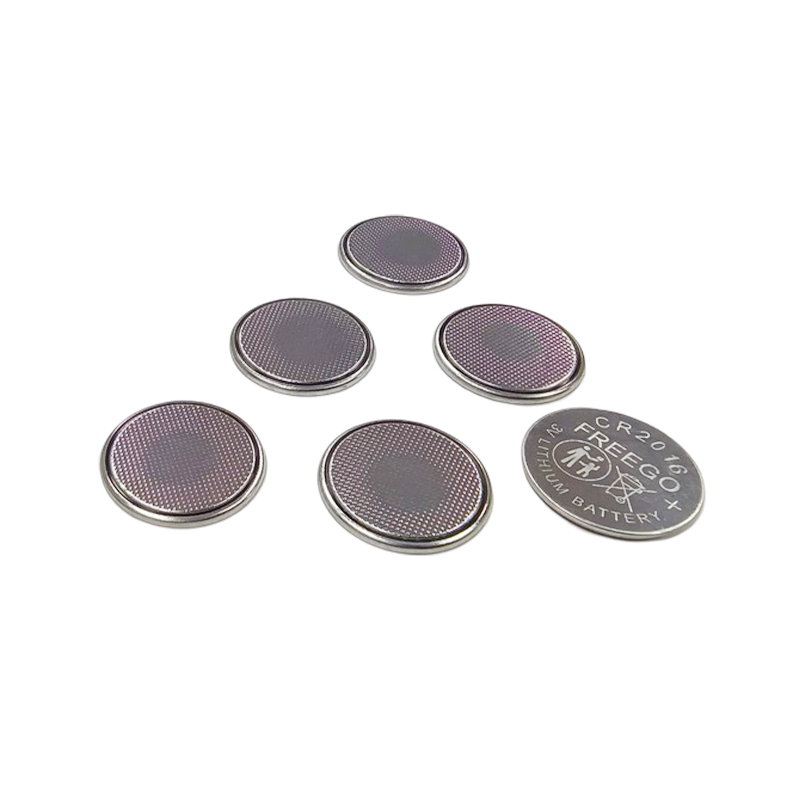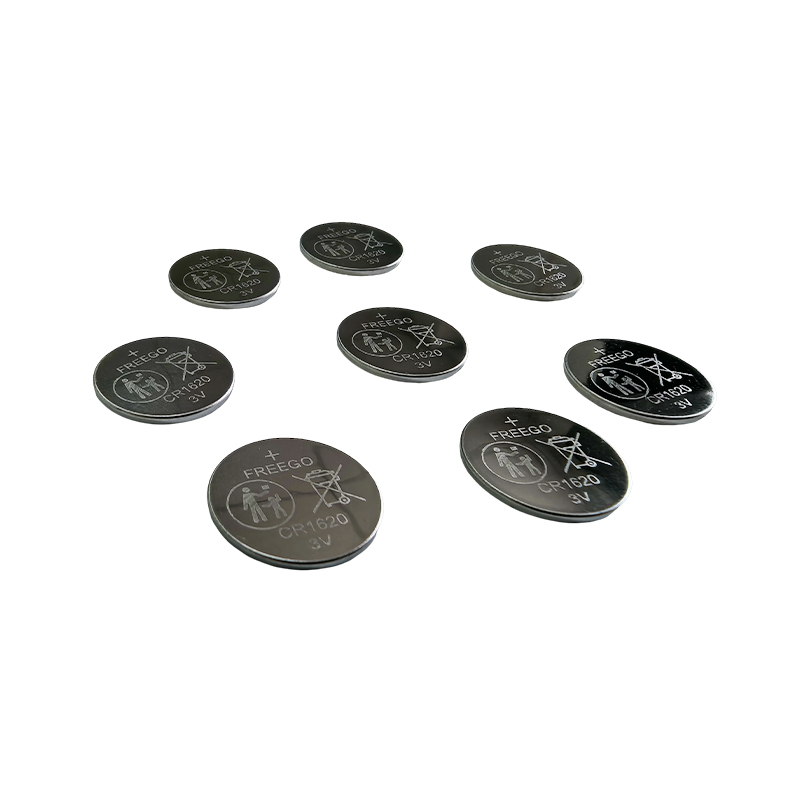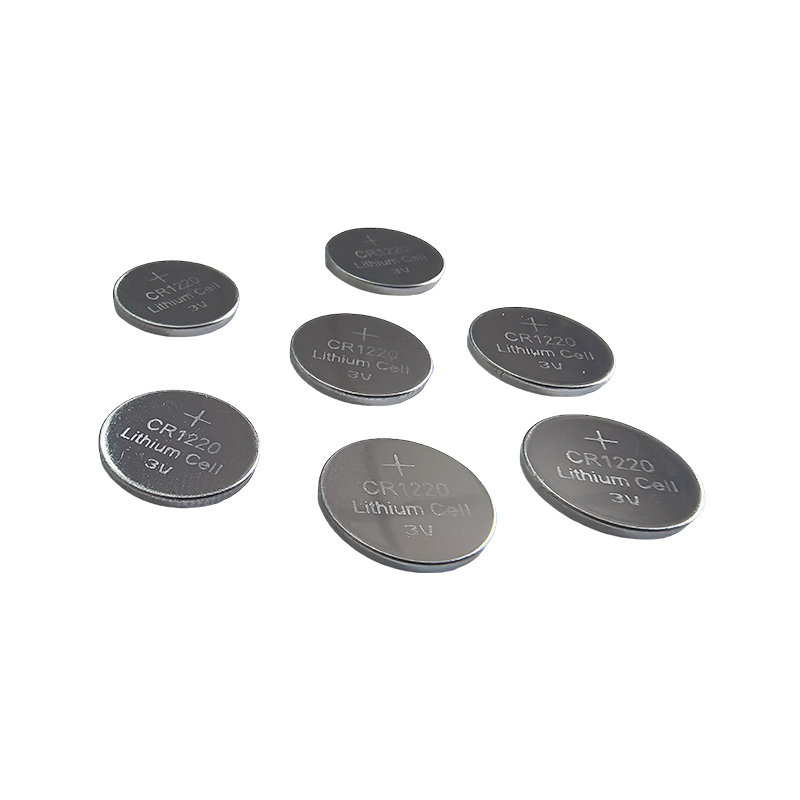How does the high-power release of carbon high-power dry cell easily handle the challenges of high-energy-consuming devices?
Release Time : 2025-11-05
In daily life, from children's toys to holiday lights, from household electronic scales to stage props, a large number of portable electronic products rely on dry cell batteries for stable power. However, ordinary carbon batteries often suffer from rapid power decay and even fail to start the device when faced with high-energy-consuming, high-current devices due to their high internal resistance and low capacity. The carbon high-power dry cell was developed to solve this problem. Through innovative optimization of material structure and electrolysis system, it achieves 1-3 times the capacity and stronger high-current discharge capability of ordinary carbon batteries in the same volume, truly achieving "high-power release, easily handling the challenges of high-energy-consuming devices."
1. Structural Innovation: Pulp Layer Replaces Paste Electrolyte, Reducing Internal Resistance and Improving Efficiency
Traditional carbon dry cells use a paste-like ammonium chloride/zinc chloride mixed electrolyte, which has poor fluidity and slow ion conduction, resulting in high internal resistance and a significant voltage drop during high-current discharge. The carbon high-power dry cell uses a high-purity zinc chloride solution as the main electrolyte, which is uniformly adsorbed and fixed by a highly absorbent pulp layer. This "liquid electrolyte + solid carrier" design significantly improves ion migration rate and greatly reduces battery internal resistance. When driving high-load devices such as motors and LED light strings, the battery can maintain a more stable output voltage, avoiding equipment shutdown or flickering due to excessive voltage drop.
2. Material Optimization: Increased Manganese Dioxide Content for Greater Energy Density
Thanks to the more compact pulp layer structure and smaller space occupation, the high-power battery can increase the filling amount of the positive electrode active material—manganese dioxide—within a limited casing. Manganese dioxide is the core of the battery discharge reaction, and its amount directly determines the theoretical capacity of the battery. More manganese dioxide means a larger electrochemical reaction area and a longer discharge time. Simultaneously, the battery casing uses a high-purity zinc cylinder, which serves as both a container and a negative electrode participating in the reaction; this integrated structural design further improves space utilization.
3. Wide Range of Applications: Designed Specifically for High-Power Small Electronic Devices
The carbon high-power dry cell is not intended for all devices, but is precisely positioned for consumer electronics products with medium to high power consumption, intermittent or continuous power consumption. For example: motor drives in electronic toys require instantaneous high current; LED string lights, glowing candles, and holiday gifts need to keep multiple LEDs lit for extended periods; wireless thermometers and electronic scales, while having low power consumption, require stable voltage to ensure accuracy; concert props and stage effects devices often need to reliably start at critical moments. In these scenarios, ordinary carbon batteries may run out of power in a few hours, while high-power batteries can last for days or even weeks, significantly improving the user experience.
4. Green and Environmentally Friendly: Free of Heavy Metals, Safe and Recyclable
This battery strictly complies with RoHS environmental standards and does not contain toxic heavy metals such as mercury, cadmium, and lead, reducing environmental pollution at the source. Zinc and manganese dioxide are both low-toxicity materials, with minimal impact on soil and water sources after disposal. Furthermore, its steel shell and zinc canister structure facilitates recycling and reuse, aligning with sustainable development principles. Users can enjoy high performance without worrying about environmental compliance issues.
5. High Cost-Effectiveness: Performance Leap Forward, Controllable Cost
Despite its performance far exceeding that of ordinary carbon batteries, the carbon high-power dry cell remains affordable. Compared to alkaline batteries, it offers similar battery life under medium loads at a lower cost; compared to lithium batteries, it requires no complex protection circuits, offering higher safety and wider applicability. For commercial scenarios with extensive battery usage, choosing the "P"-type high-power carbon battery can significantly reduce long-term procurement and replacement costs.
The carbon high-power dry cell is not simply an "enhanced" carbon battery, but rather achieves a qualitative leap in performance through innovation in the electrolysis system, optimization of material ratios, and refinement of structure. With its four major advantages—high power, long battery life, high stability, and environmental friendliness—it precisely fills the application gap between ordinary carbon batteries and alkaline batteries. In today's increasingly prevalent high-energy-consuming small electronic devices, this understated yet highly efficient power solution is quietly providing reliable energy support for countless exciting moments.
1. Structural Innovation: Pulp Layer Replaces Paste Electrolyte, Reducing Internal Resistance and Improving Efficiency
Traditional carbon dry cells use a paste-like ammonium chloride/zinc chloride mixed electrolyte, which has poor fluidity and slow ion conduction, resulting in high internal resistance and a significant voltage drop during high-current discharge. The carbon high-power dry cell uses a high-purity zinc chloride solution as the main electrolyte, which is uniformly adsorbed and fixed by a highly absorbent pulp layer. This "liquid electrolyte + solid carrier" design significantly improves ion migration rate and greatly reduces battery internal resistance. When driving high-load devices such as motors and LED light strings, the battery can maintain a more stable output voltage, avoiding equipment shutdown or flickering due to excessive voltage drop.
2. Material Optimization: Increased Manganese Dioxide Content for Greater Energy Density
Thanks to the more compact pulp layer structure and smaller space occupation, the high-power battery can increase the filling amount of the positive electrode active material—manganese dioxide—within a limited casing. Manganese dioxide is the core of the battery discharge reaction, and its amount directly determines the theoretical capacity of the battery. More manganese dioxide means a larger electrochemical reaction area and a longer discharge time. Simultaneously, the battery casing uses a high-purity zinc cylinder, which serves as both a container and a negative electrode participating in the reaction; this integrated structural design further improves space utilization.
3. Wide Range of Applications: Designed Specifically for High-Power Small Electronic Devices
The carbon high-power dry cell is not intended for all devices, but is precisely positioned for consumer electronics products with medium to high power consumption, intermittent or continuous power consumption. For example: motor drives in electronic toys require instantaneous high current; LED string lights, glowing candles, and holiday gifts need to keep multiple LEDs lit for extended periods; wireless thermometers and electronic scales, while having low power consumption, require stable voltage to ensure accuracy; concert props and stage effects devices often need to reliably start at critical moments. In these scenarios, ordinary carbon batteries may run out of power in a few hours, while high-power batteries can last for days or even weeks, significantly improving the user experience.
4. Green and Environmentally Friendly: Free of Heavy Metals, Safe and Recyclable
This battery strictly complies with RoHS environmental standards and does not contain toxic heavy metals such as mercury, cadmium, and lead, reducing environmental pollution at the source. Zinc and manganese dioxide are both low-toxicity materials, with minimal impact on soil and water sources after disposal. Furthermore, its steel shell and zinc canister structure facilitates recycling and reuse, aligning with sustainable development principles. Users can enjoy high performance without worrying about environmental compliance issues.
5. High Cost-Effectiveness: Performance Leap Forward, Controllable Cost
Despite its performance far exceeding that of ordinary carbon batteries, the carbon high-power dry cell remains affordable. Compared to alkaline batteries, it offers similar battery life under medium loads at a lower cost; compared to lithium batteries, it requires no complex protection circuits, offering higher safety and wider applicability. For commercial scenarios with extensive battery usage, choosing the "P"-type high-power carbon battery can significantly reduce long-term procurement and replacement costs.
The carbon high-power dry cell is not simply an "enhanced" carbon battery, but rather achieves a qualitative leap in performance through innovation in the electrolysis system, optimization of material ratios, and refinement of structure. With its four major advantages—high power, long battery life, high stability, and environmental friendliness—it precisely fills the application gap between ordinary carbon batteries and alkaline batteries. In today's increasingly prevalent high-energy-consuming small electronic devices, this understated yet highly efficient power solution is quietly providing reliable energy support for countless exciting moments.







